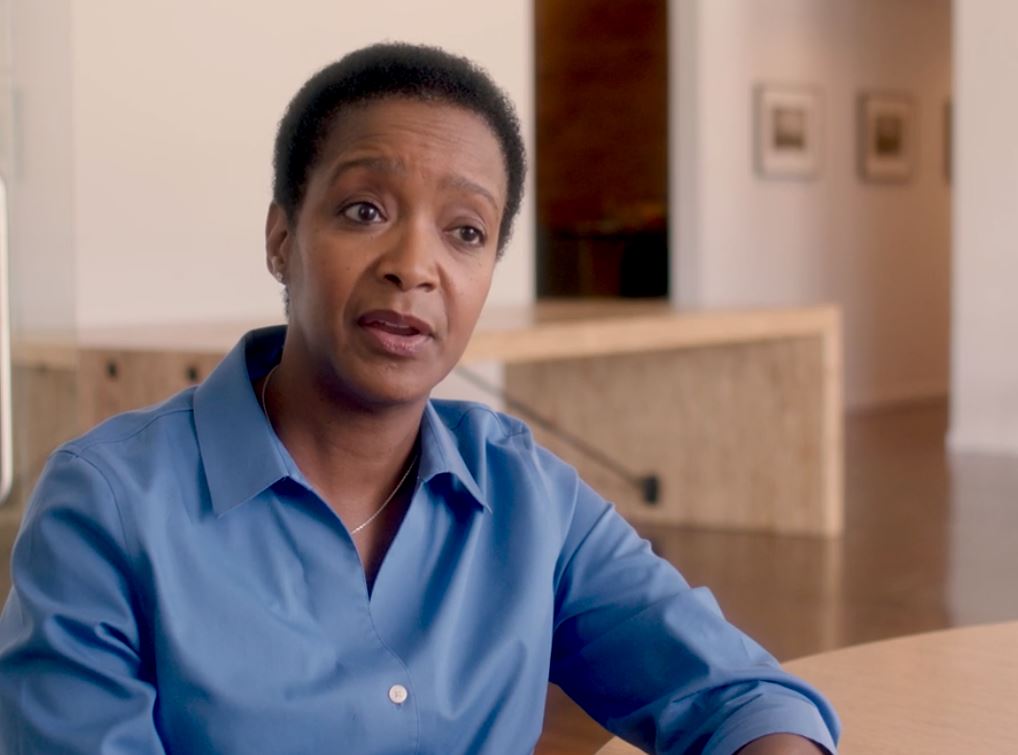Thought Leaders on the Record: Clinical Perspectives

We asked our thought leaders to share insights on some of the most frequently asked questions about mammography. Here are their responses.
If there was one thing you could say to women about breast health, what would it be?
“Don’t be afraid. There is a strong history of breast cancer in my family, so I know where fear comes from. There are so many women I talk to who are afraid to get a mammogram, but I tell them it’s always better to know. I think an important part of my role is to provide comfort in addition to information. As breast specialists, we are here to consult and assist. To be a patient’s guide wherever her journey takes her.”
-Dr. Thalia Forte
Besides SmartCurve, what other upcoming technologies are being developed to improve patient comfort?
“Our next focus on comfort revolves around pre-operative localization and surgical excision. Currently, most women who undergo lumpectomies must synchronize their calendar to include wire localization, breast center hours, hospital operative availability and the breast surgeon’s schedule. Many times, this coordination results in less than optimal hours and/or inconvenient points of service. At Solis Mammography, we are making a concerted effort to implement a “wire-free” environment that will allow the uncoupling of the localization from the operative procedure. This allows the patient to regain control of her schedule during a time where flexibility and comfort are at a premium.”
- Dr. Alexander Sardiña
What should women with dense breast tissue know?
“Dense breasts are common, in fact, about 40% of women over the age of 40 who get mammograms have dense breast tissue.6 I would also want women to know that if you have dense breasts you have a higher chance of developing breast cancer. And, that because dense breasts can make it harder to detect cancers, annual screening with 3D mammography is critically important. 3D mammography is FDA-approved as a superior screening technology for women with dense breasts. Additionally, breast ultrasound may be ordered as a supplemental screening tool. Women with dense breasts should work closely with their physician and a breast-specialized radiologist on what is appropriate for their
long-term breast health.”
-Dr. Stephen Rose
What does a typical day in the life of a breast-specialized radiologist look like?
“I see 25 patients a day and spend a good deal of my time consulting with primary care providers, as well as with pathologists, breast surgeons and other specialists involved with a patient’s care pathway. People tend to think that radiologists spend their days in dark rooms reading images. At Solis Mammography, breast radiologists see all diagnostic patients.”
- Dr. Thalia Forte
Are there racial disparities in breast healthcare?
“I am first-generation Colombian. There are cultural considerations and different risk factors to be aware of. Women of color tend to be screened less frequently and have advanced breast cancer when diagnosed. This is an on-going conversation we need to have within our communities and our practices.”
-Dr. Andrea Parada
At what age should a woman stop getting a mammogram?
“It’s not an age-related consideration, it’s health related. Women should continue to receive annual screening mammography while in good health and without life-limiting comorbidities. Which can mean into her 70s or later.”